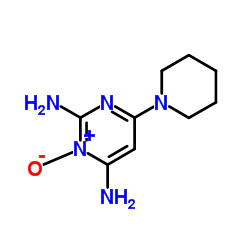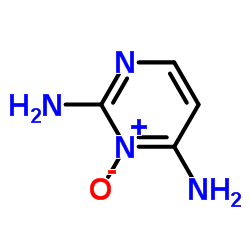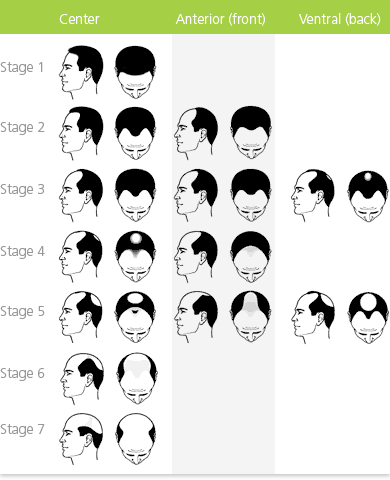From time to time during my discussions with male patients, I come across general misconceptions about hair and hair loss. Some of this information may have been gathered from the internet or derived from basic folklore that has survived the test of time. These are some of the myths about hair loss in men that I’ve encountered.
1. Hair Loss is inherited from the mother
This is not true. The genes for hair loss are quite numerous and are inherited from both parents. The severity of your hair balding has more to do with the number of genes you inherited. If you have hair loss on both sides of your family, you are more likely to suffer from hair loss than a person who has no known family member with hair loss.
2. Only older men are affected
Though Male Pattern Hair Loss is seen in more middle-aged to elderly men, young men are also capable of being affected by the condition. A lot of men start as early as in their teen or early twenties.
3. If I take testosterone pills I will grow more hair
We all know that testosterone is the predominant androgen (male) hormone that is responsible for the sexual characteristics of men. So because of this, there is some belief that if I take more testosterone then it would make me more virile and youthful. Losing one’s hair is thought to make some men feel less youthful. Unfortunately, this myth needs to quit while it’s ahead. Testosterone is converted to the more potent Dihydrotesterone which is the hormone responsible for binding to the receptors in the hair follicle and causing the hair to miniaturise. Taking more testosterone just adds fuel to the fire.
4. Hard physical exercise decreases conversion of Testosterone to DHT
I’m not sure how this myth came about but this is so far from the truth. Testosterone is usually converted to the more potent Dihydrotestosterone in all men. Individuals with Male Pattern Hair Loss are more sensitive to DHT because of their genetics. So technically speaking they may have the same level of DHT as another man, but because of their greater sensitivity of their hair follicles to the hormone DHT, they lose more hair. Yes, there have been studies indicating that extremely hard exercise may cause a decrease in testosterone and therefore should theoretically decrease DHT. However, for all the athletes who are hitting the gym for hours on end but yet are still balding, this belief should be shelved quickly. Usain Bolt anyone?
5. Men who are balding have more testosterone.
Most studies show that most men have the same levels of testosterone across the board. Its production generally slows a bit as you get older, hence why some men’s libido and energy decrease as they get older. Those men who have genetic hair loss are more susceptible to the effects of the hormone DHT than those who don’t suffer from the condition.
Dr. Llorenia Muir-Green is a practising dermatologist in Jamaica. She graduated from the UWI, first obtaining a double major in Chemistry and Biochemistry. She then went on to pursue a career in Medicine. Having obtained her Medical degree from UWI, she went on to pursue postgraduate specialisation in Clinical Dermatology at Cardiff University, for which she got distinction. She was a recipient of the 2013 Fellowship in Hair and Scalp Disorders at the University of British Columbia. She is a member of the North American Hair Research Society, International Society of Hair Restoration Surgery, Dermatology Association of Jamaica as well as an Associate Member of the Caribbean Dermatology Association. She currently works at the Dermatology Clinic at National Chest Hospital where she recently established a Hair Clinic.
 \
\



